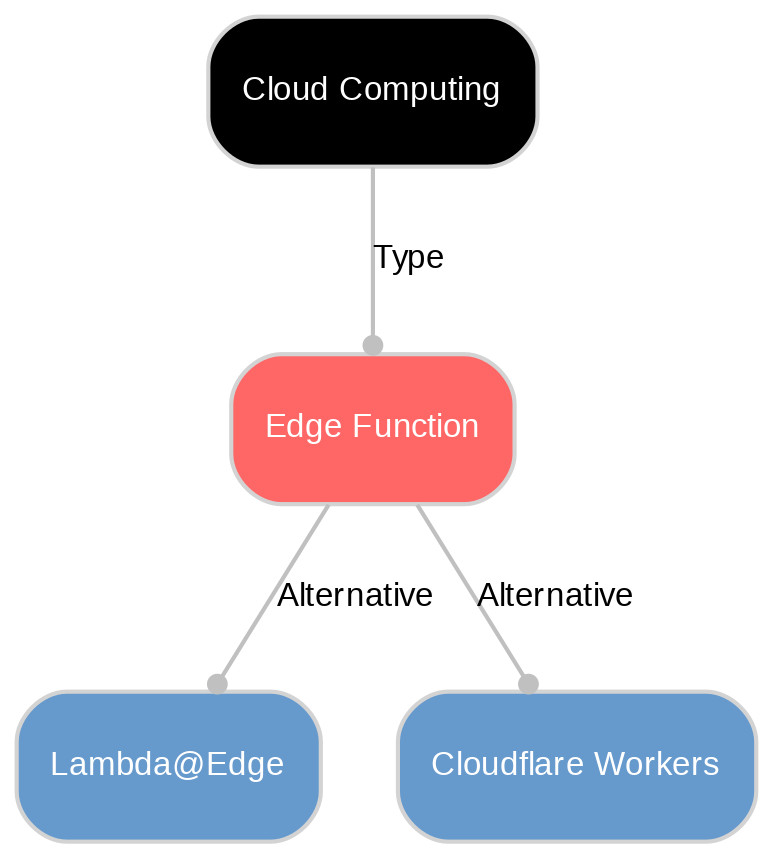Edge function definition
Edge functions are server-side code snippets deployed globally for faster processing, reduced latency, and personalized web experiences, transforming the way developers build applications.
Understanding the Benefits of Edge Functions
The rise of Edge functions has been driven by their ability to enhance web experiences significantly. A primary benefit is that they reduce latency, as they run code at the edge of the network, closest to the user's request. This results in faster processing and response times, which is critical for real-time applications and global audiences.
Edge functions also allow developers to personalize content delivery, serving relevant ads or localized content much more efficiently. They make it possible to deploy entire applications at the edge network, improving overall performance.
Additionally, Edge functions support automation in various industries like manufacturing and IoT (Internet of Things), making them versatile tools for modern developers. These benefits make Edge Functions an essential tool for those looking to stay competitive in today's tech industry.
How to use Edge functions in application development
Edge functions are a developer's tool to add custom logic at the edge network, making applications more responsive and efficient. They can be integrated into your application through platforms like CloudFront or Netlify.
Developers can utilize Edge functions by simply adding a JavaScript file to their repository and deploying it with their platform of choice. These files contain the necessary code for tasks such as modifying data, localizing content, or even deploying entire applications at the edge.
Many Edge function offerings support various languages like JavaScript and TypeScript. While using these tools, it is essential that developers monitor compute utilization and follow best practices for optimal performance.
The flexibility of Edge functions allows them to be used in diverse scenarios - from processing real-time data, automating processes across industries, or even integrating with third-party services.

Comparing Edge functions and serverless functions
When it comes to the world of serverless computing, both Edge functions and serverless functions play pivotal roles. However, they each have distinct characteristics that make them suitable for different scenarios.
Serverless functions are typically executed on a cloud server. They are event-driven and auto-scaling, making them highly scalable and easy to integrate with various technologies.
In contrast, Edge functions operate closer to the end-user in a distributed network setting. As a result, they significantly reduce latency by executing code at the edge of the network. This feature makes them ideal for applications requiring real-time responses or high bandwidth.
While both types offer unique advantages, their usage largely depends on specific use cases and performance requirements of your application. For instance, while an IoT device might benefit more from an Edge function's low latency processing capabilities, a large-scale data analytics application might prefer the scalability offered by serverless functions.
Ultimately whether you choose Edge or serverless will depend on your specific needs: if performance is crucial go with Edge; if flexibility is key then opt for traditional serverless solutions.
Explore Sanity Today
Understanding Edge function is just the beginning. Take the next step and discover how Sanity can enhance your content management and delivery.
Last updated: